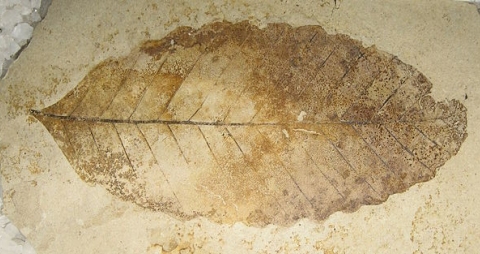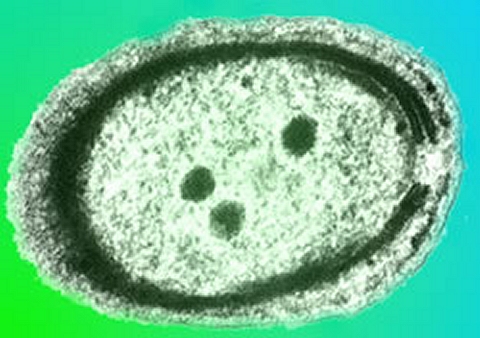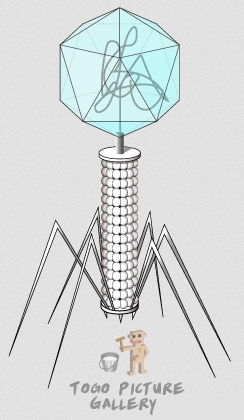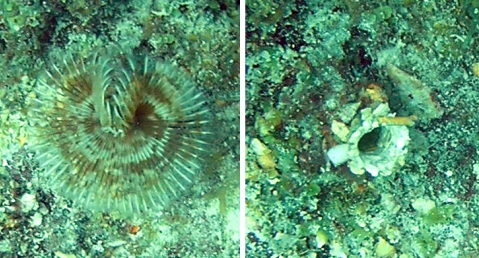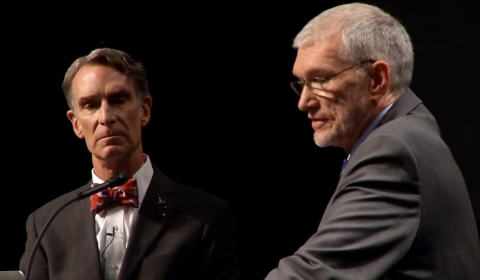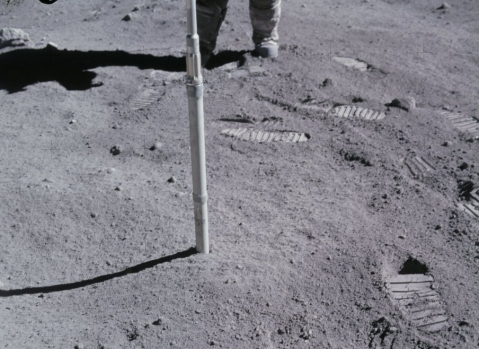
Consider the following statement: “Trees produce oxygen so that animals can breathe.” Do you think that’s a true statement? I do. However, if they are given enough time, many scientists will tell you that the statement is false. Sure, trees produce oxygen, but they don’t do it so that animals can breathe. Such a statement implies there is a purpose behind the fact that trees produce oxygen, and most scientists would say there is are no purposes in nature. Instead, most scientists would say that trees (and other photosynthetic organisms) evolved to produce oxygen, and the availability of oxygen in the atmosphere allowed for the evolution of oxygen-breathing animals.
Statements like the one above are called teleological statements, because teleology is the idea that there are purposes in nature. Obviously, creationists think in terms of teleology. We think that God designed the world, and just as a human designer puts purposes in his design, God put purposes into nature. Thus, trees (and other photosynthetic organisms) were designed by God specifically because He wanted to produce animals and people that breathe oxygen. As a result, He knew there would need to be a mechanism by which oxygen could be replenished in the atmosphere.
It is important to note, however, that creationists are not the only ones who believe in teleology. Indeed, atheist philosopher Dr. Thomas Nagel wrote an incredibly important book two years ago entitled Mind and Cosmos:Why the Materialist Neo-Darwinian Conception of Nature is Almost Certainly False. In that book, he clearly rejects the notion of any kind of creator, but he argues quite convincingly that the data show there must be a teleological explanation for the natural world. He is hard pressed to give an atheistic teleological explanation; he just argues that evolutionists must develop one.
In fact, even most scientists who reject teleology think in terms of it when they are caught off guard. Research shows that if you force scientists who reject teleology to evaluate scientific statements quickly, they tend to accept the teleological ones. However, if they are allowed enough time to think through the implications of each statement, they reject the teleological ones. This implies that the natural instinct of a person, even a person who rejects teleology, is to think about nature in terms of purpose. This, of course, is a danger to naturalistic evolution, which is what the high priests of science want people to believe. Thus, such blasphemous ideas must be rooted out of the human psyche.


